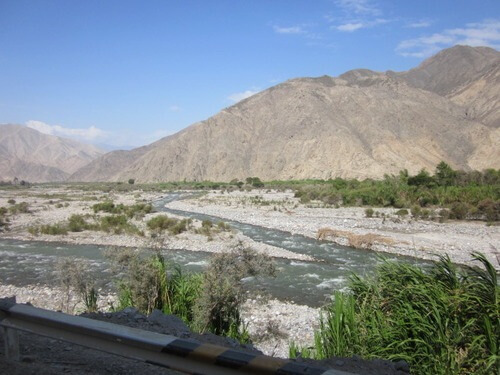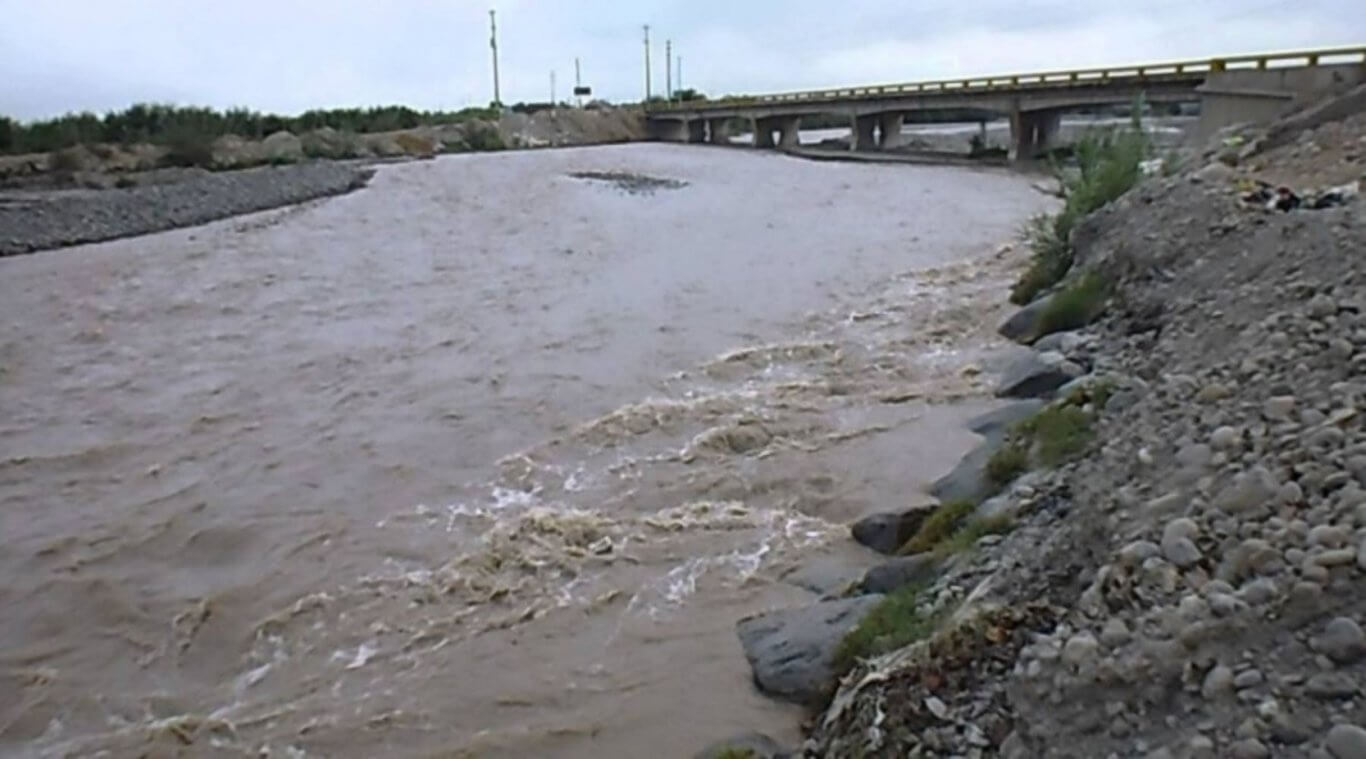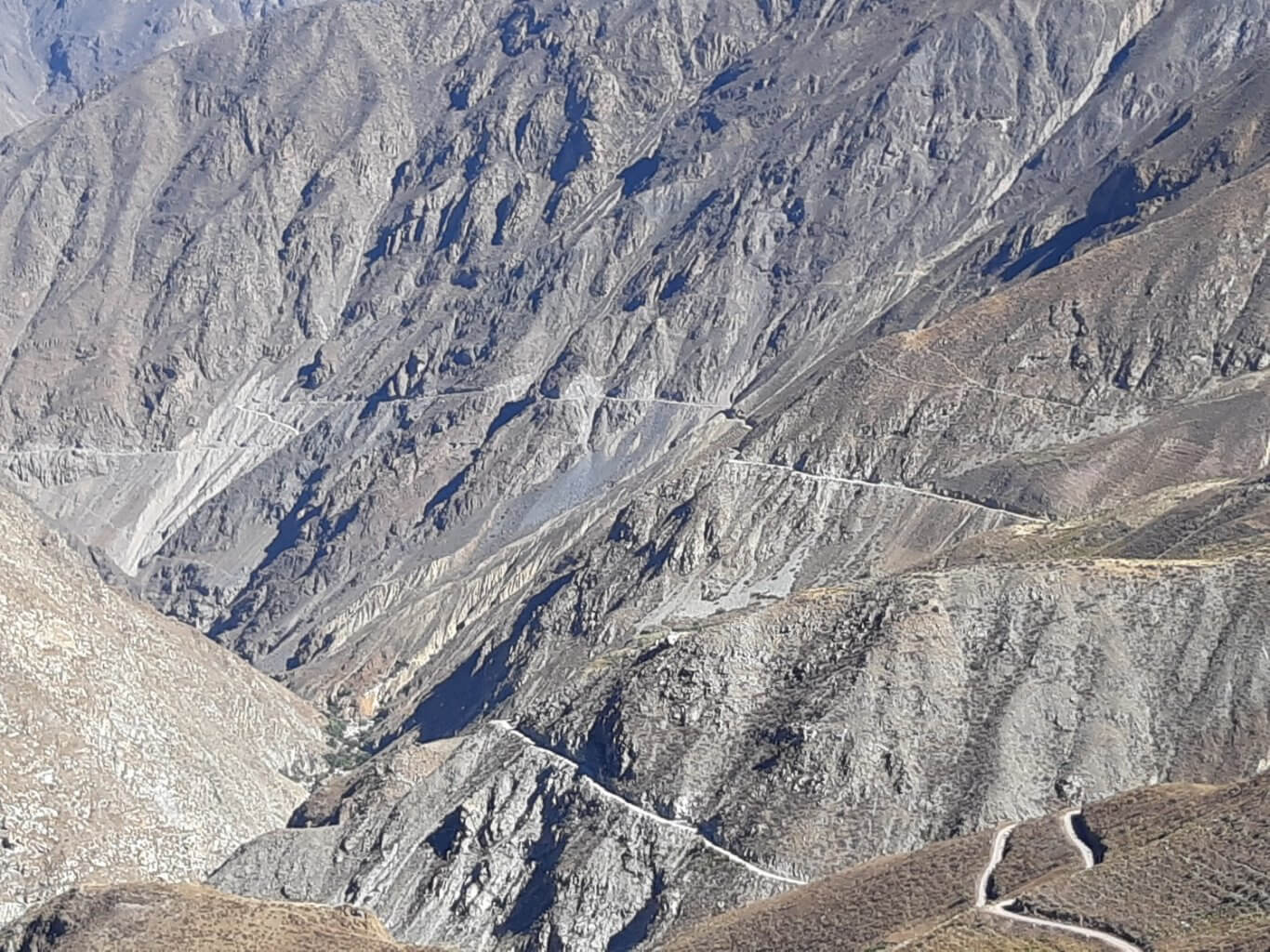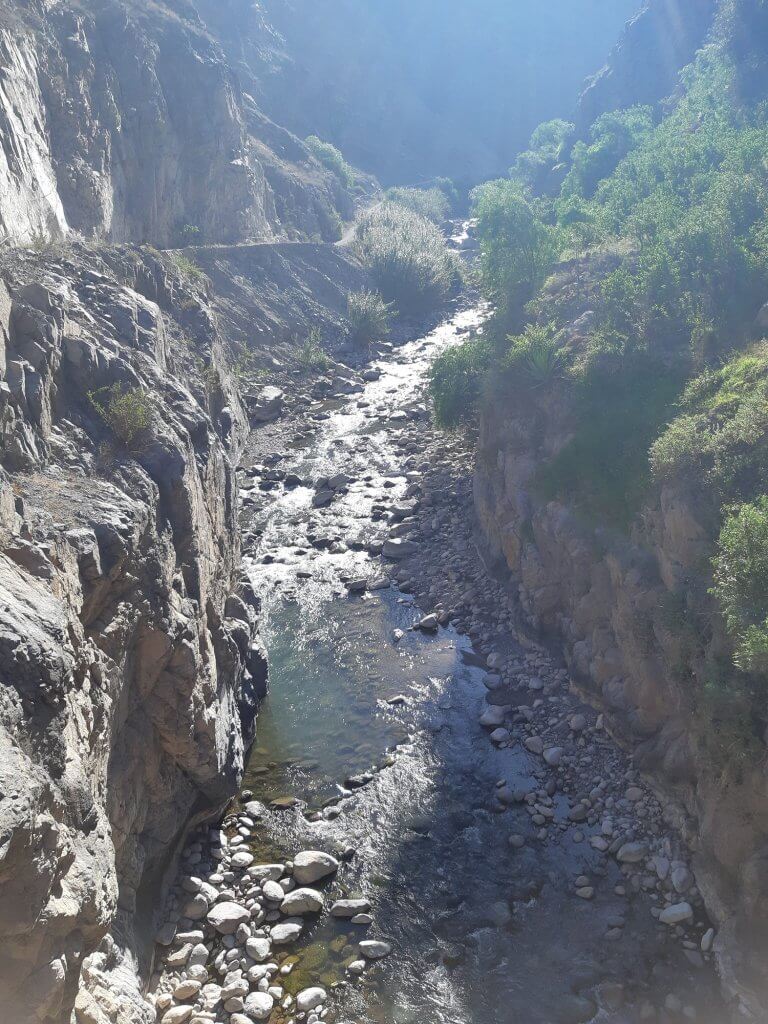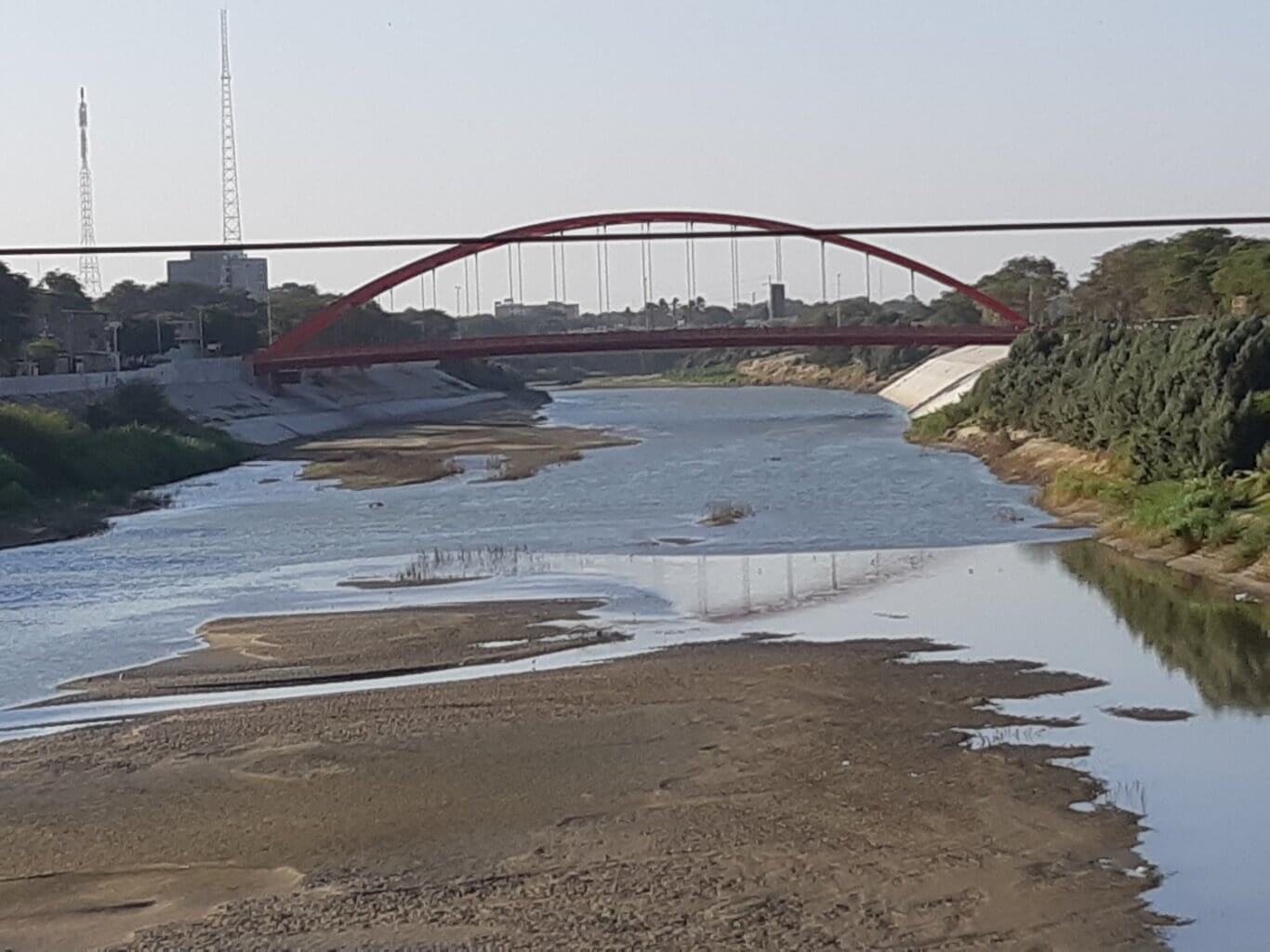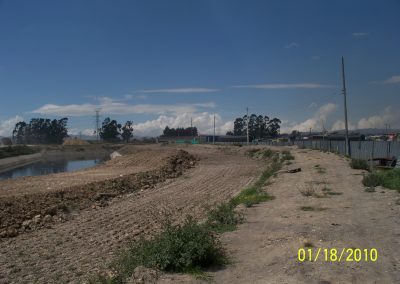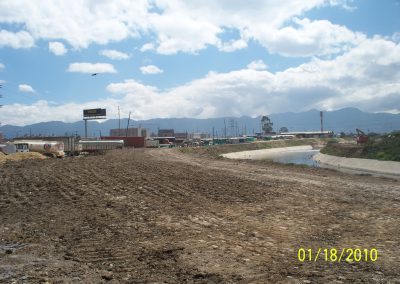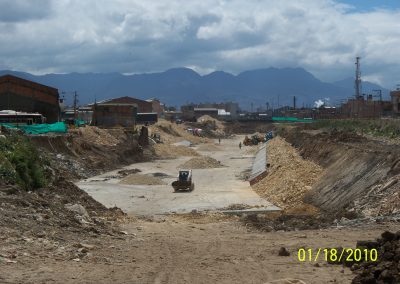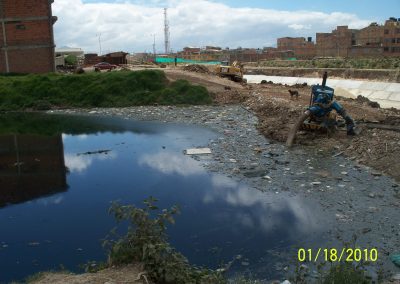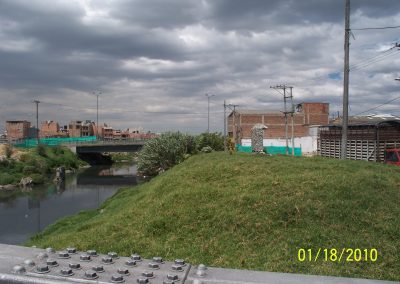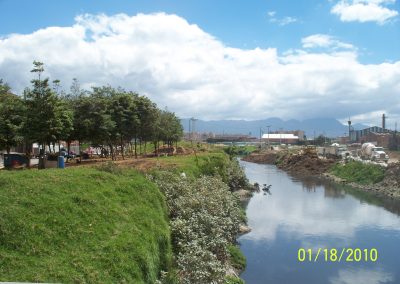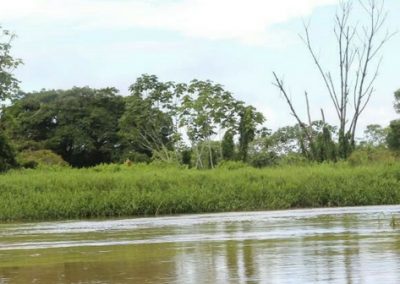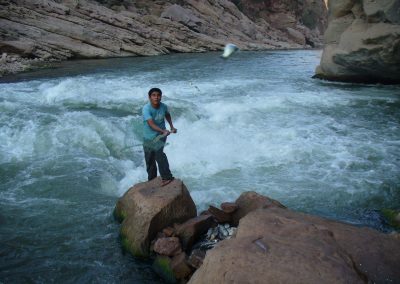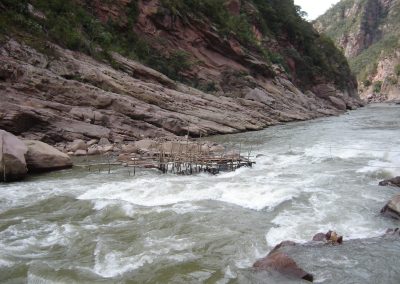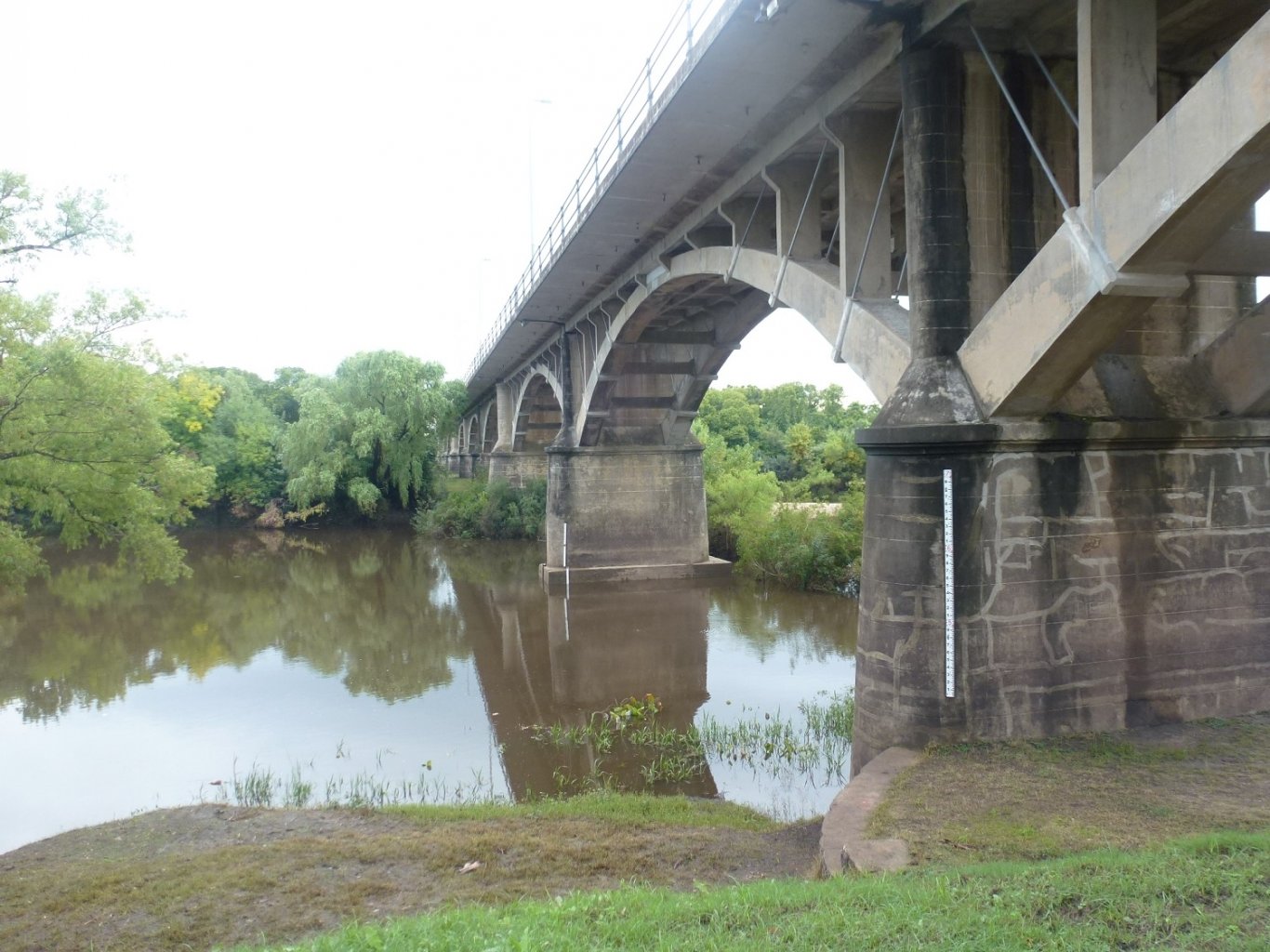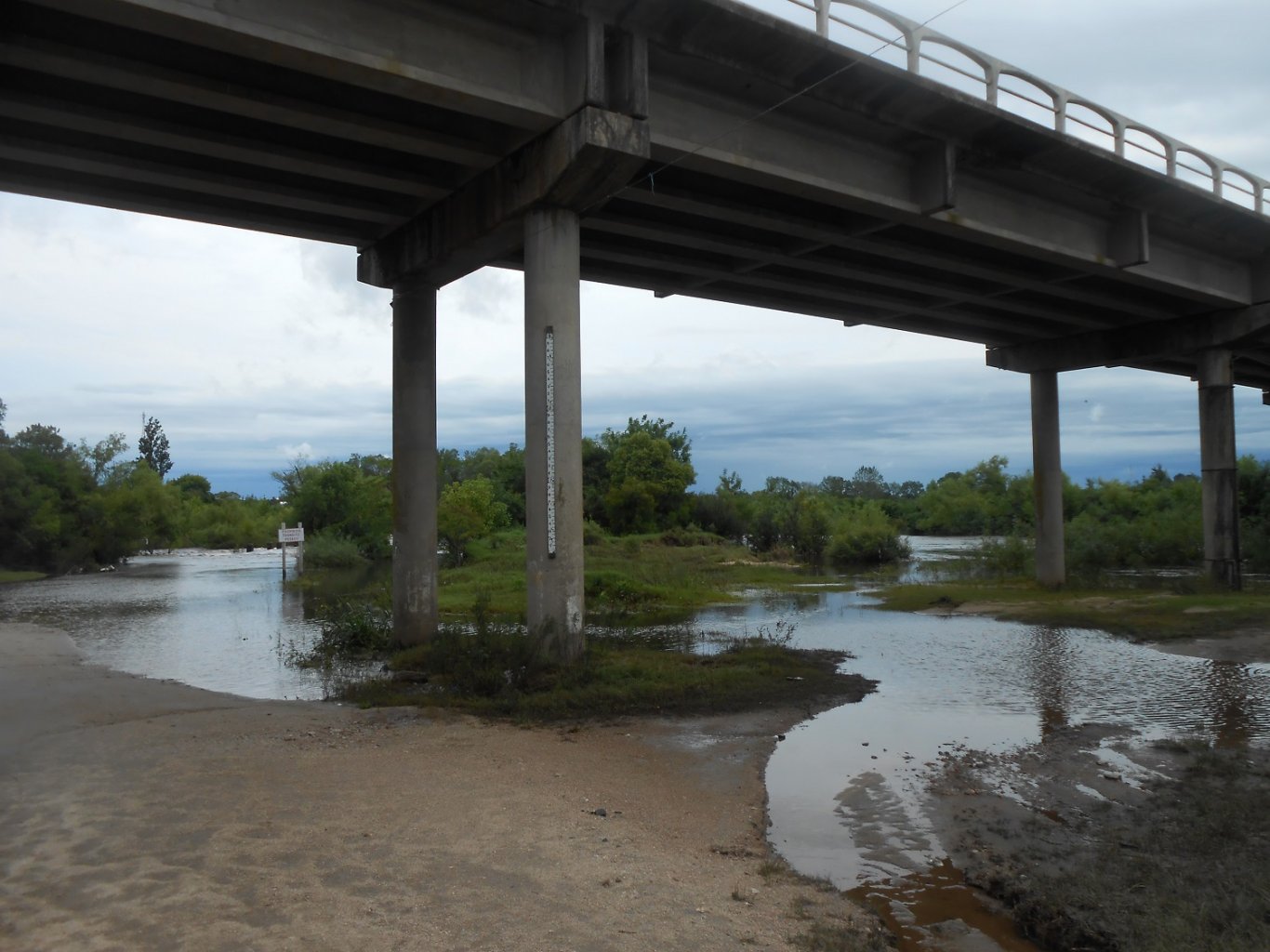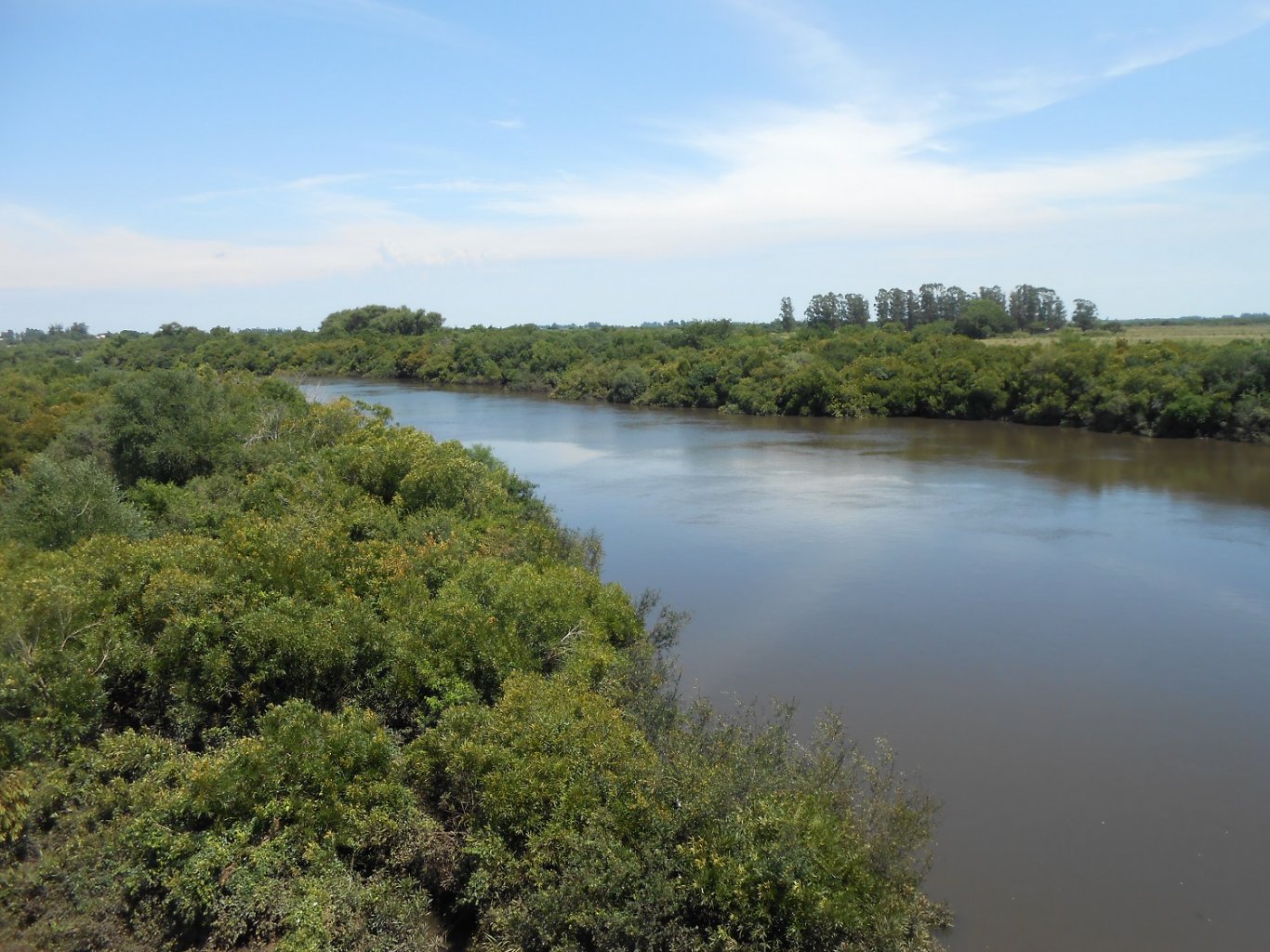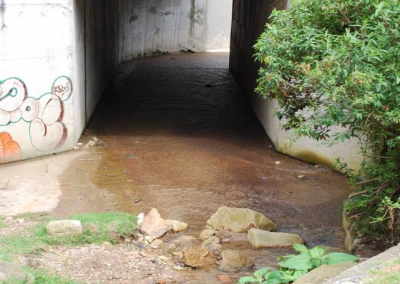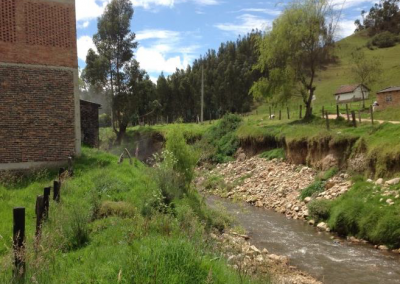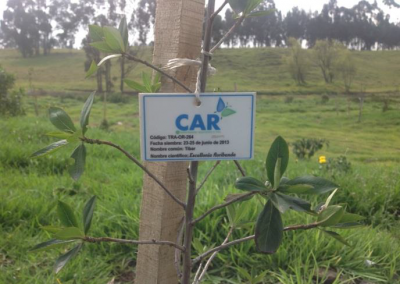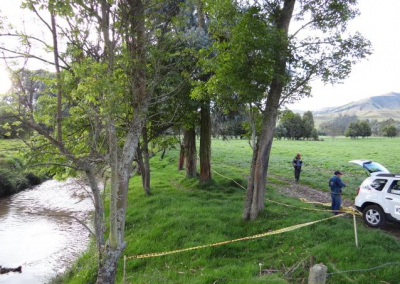SUPERVISION OF WORKS OF THE PROJECTS OF THE PROGRAMME FOR THE PROTECTION OF VALLEYS AND RURAL POPULATIONS VULNERABLE TO FLOODING.
DEPARTMENT OF ANCASH- PERU.
Lessening of the vulnerability to floods of the valleys of Cañete, Pisco, Chincha and rural populations, caused by the overflowing of the Cañete, Pisco, Matagente and Chico rivers.
The objective of the programme is to protect 24,655 hectares of low-risk agricultural areas and 8,133 families in the affected valleys from the risk of flooding. Reforestation and recovery is planned for an area of 20.4 hectares where 60,384 seedlings will be planted.
An important part of flood training for the local population is foreseen, with 84 training events scheduled.



